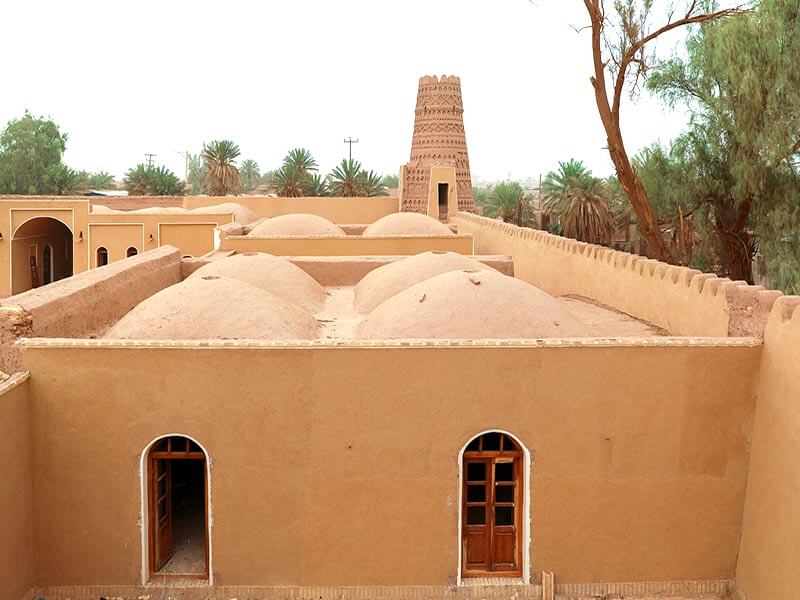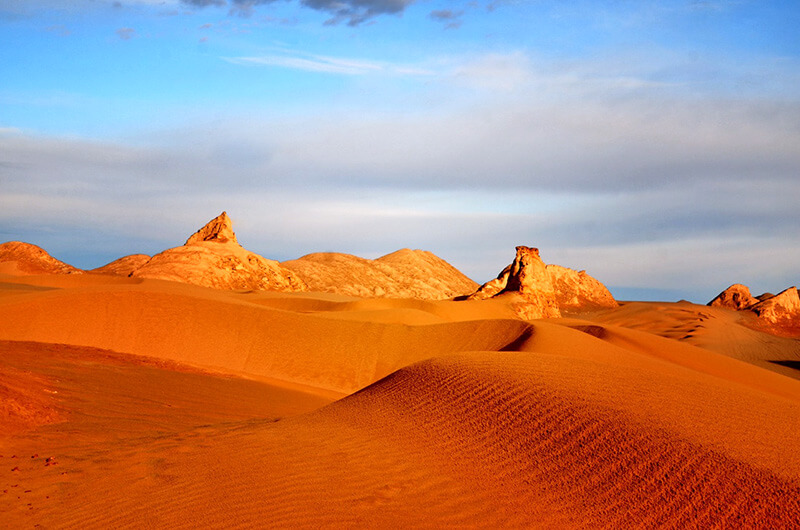
The word Lut means naked, which refers to a bare land without life. Due to its unfavorable weather conditions, in some areas of the Lut, no living thing can be found, not even bacteria. This desert is one of the hottest and arid regions in the world. This scenic desert has been listed as one of Iran’s natural UNESCO World Heritage sites.
Night Life
The night life in this desert is magical. For those eager to watch the night sky, camping under the sky full of stars will give such a dreamy feeling. If you are one of those adventurous people, you will definitely not find a better place than this desert.
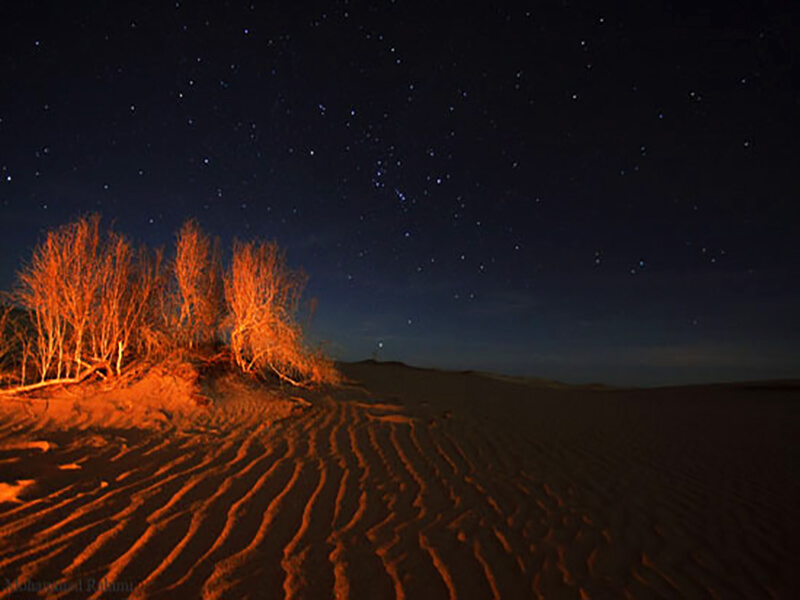
The Lut Desert is a dry salt desert located in the southeast of Iran. It covers an area of about 175 thousand kilometers which makes up 10 percent of Iran’s territorial land. Also, it’s the 25th largest desert in the world.
The desert stretches from the central northwest to the central southeast of Iran. Its length is about 320 km (200 miles) and its width is about 160 km (100 miles).
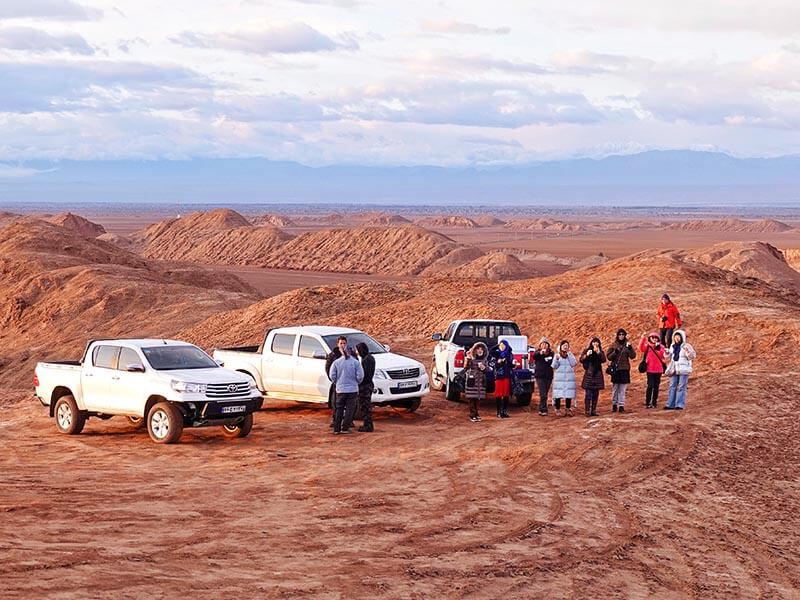
The unique desert of Lut has many hidden games in its heart. Every year, countless tourists come to the Lut deset with great enthusiasm to see its wonders. This extraordinary place has always had a number of features that make it special and significant.
these are just among some of the special attractions of this area.
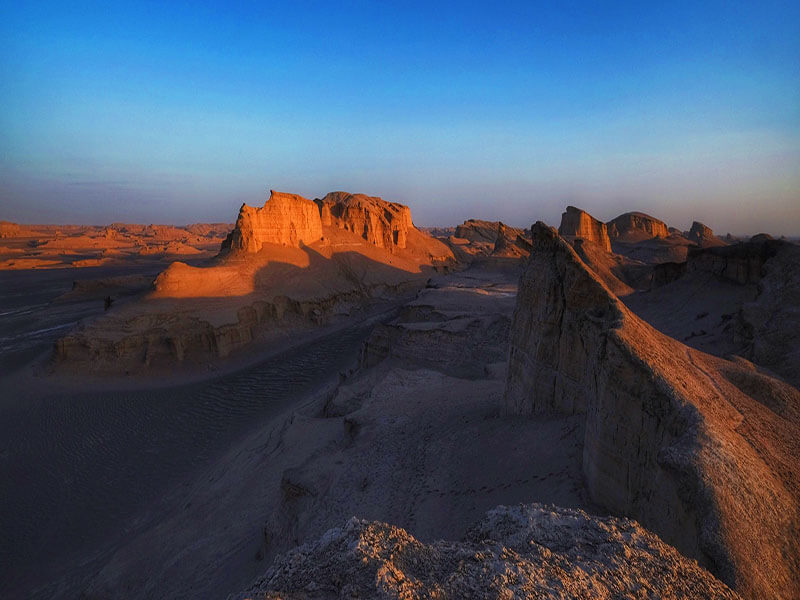
The Lut Plain is one of the hottest and arid regions in the world. Its core was the hottest spot on Earth in 2009, with the highest recorded temperature at 70.7. C (159 degrees Fahrenheit) in 2005.
Iran’s Lut Desert is often called the hottest place on the planet. However, it all depends on your point of view. To be precise, the Lut Desert holds the world record for the Earths hottest surface temperature.
Scientists believe that the reason for its high heat, is the dark color and dryness of its surface which causes the absorption of the suns heat.
This hot region is also known as the Toasted Wheat (Gandom Beriyan).
We advise visitors not to explore the desert in the summer as it gets really hot. However, in winter and spring the night temperature can drop below zero. It’s a good idea to take your trip to the Lut Plains with a good and experienced guide using a 4× 4 camping vehicle.
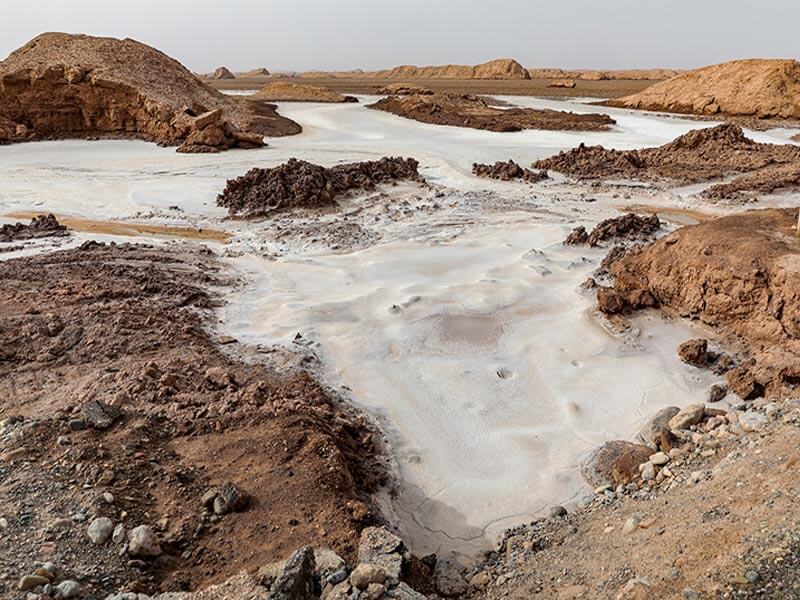
Not only does this desert have natural phenomena, but it also has historical value. According to some geologists, this desert was once a shallow sea called the Tis, which dried up over time due to hot weather.
Very ancient artifacts have been found in this plain, some of which date back to the third and fourth millennia BC. Among these works, we can mention valuable pottery and metal utensils. Among the designs decorated on these dishes, the shape of eagles is mostly seen.
Despite the harsh weather conditions, Lut plain has a variety of animal species. These include sand fox, rabbit, sand cat, hawk, jackal, arrow-snake, Diadem snake, viper, agammus snake, black and gold tail scorpion species. In the high plains you can see goats and jackals which are a sign of the active ecological cycle of Lut Desert.
Lut is also home to a type of indigenous alligator, which is in the southern parts of the desert. Moreover, it is also the habitat of Balaban (saker falcon) which is known as the world’s fastest bird. The speed of the bird reaches 200 kilometers per hour when it swoops down. In addition, in the salty waters of Lut, you can find Artemia, which is used for feeding farm fish and shrimps.
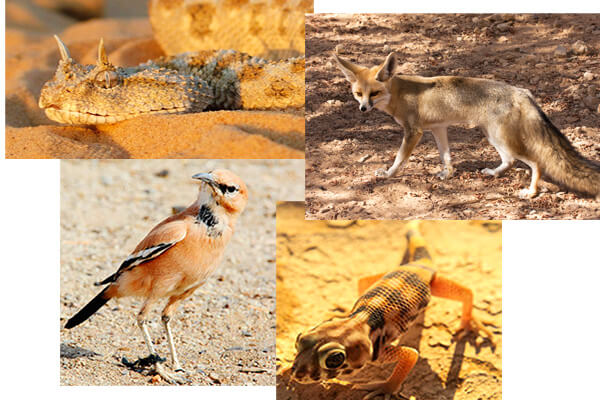
The largest population of the Lut Desert live in the region of Shahdad, with a population of nearly 6000 people. In ancient times the name for this place was “Khabis”.
In the western part of the Lut Desert you can find a number of 28 villages, with the largest village having a population of 700 people.
The evidence found in this area shows signs of civilization going back 7000 year. But, due to the hot and dry climate, most part of this region is uninhabitable.
